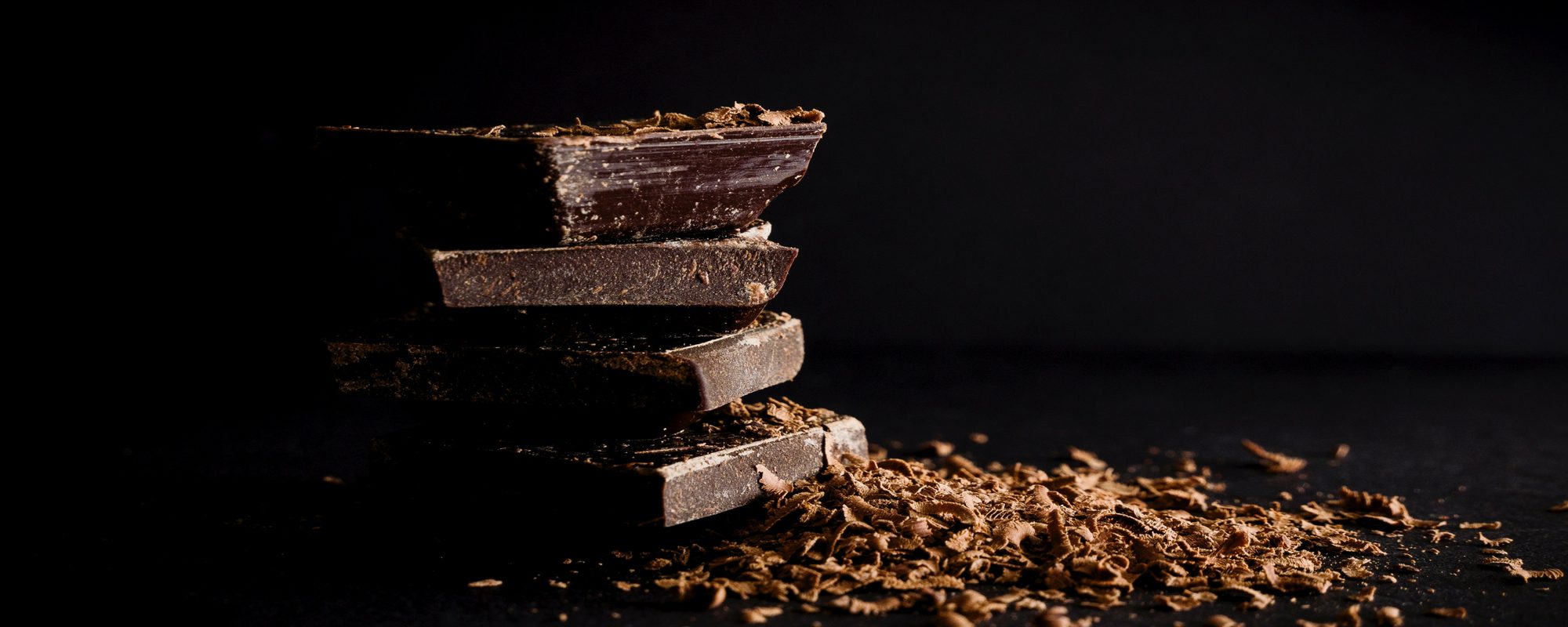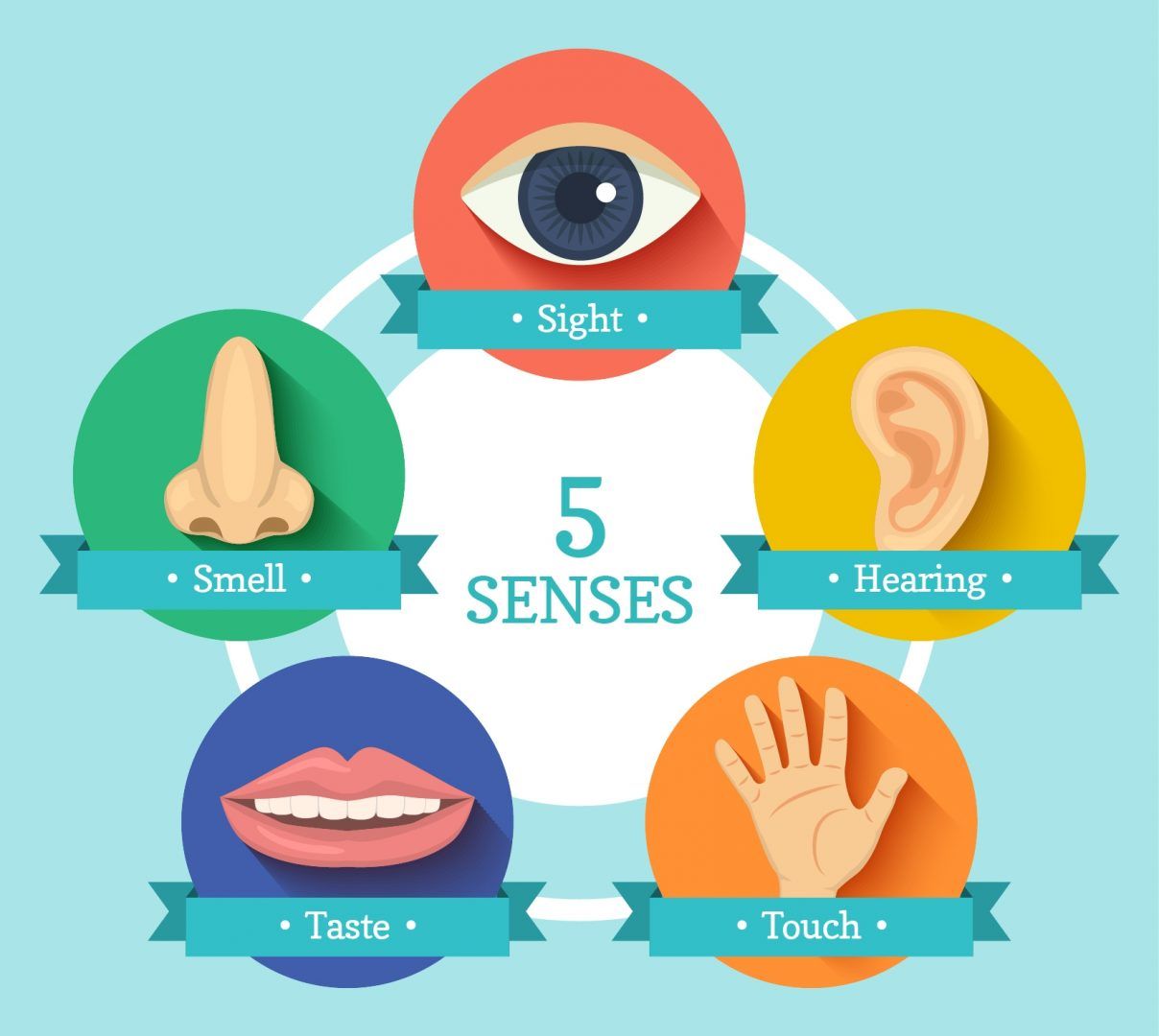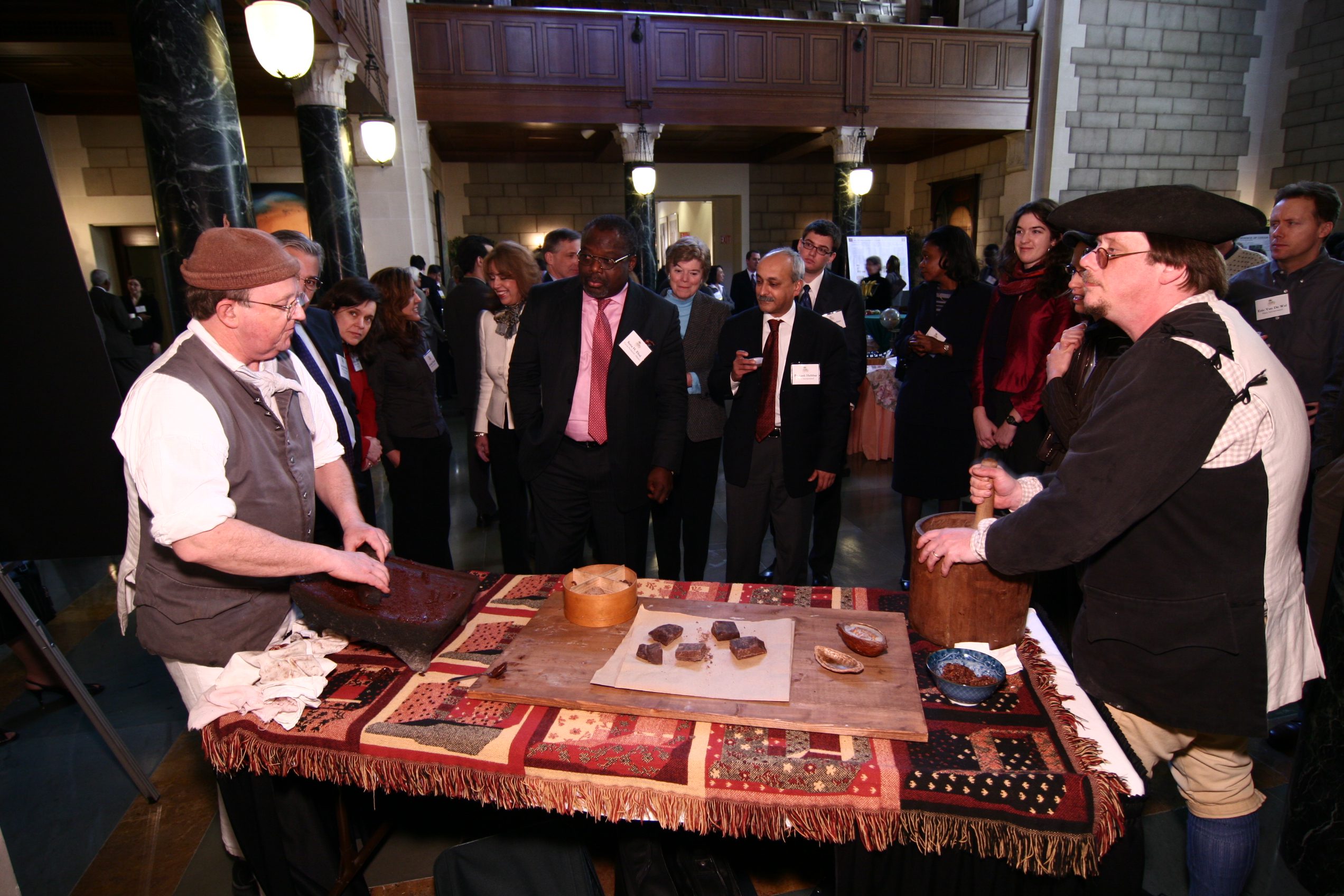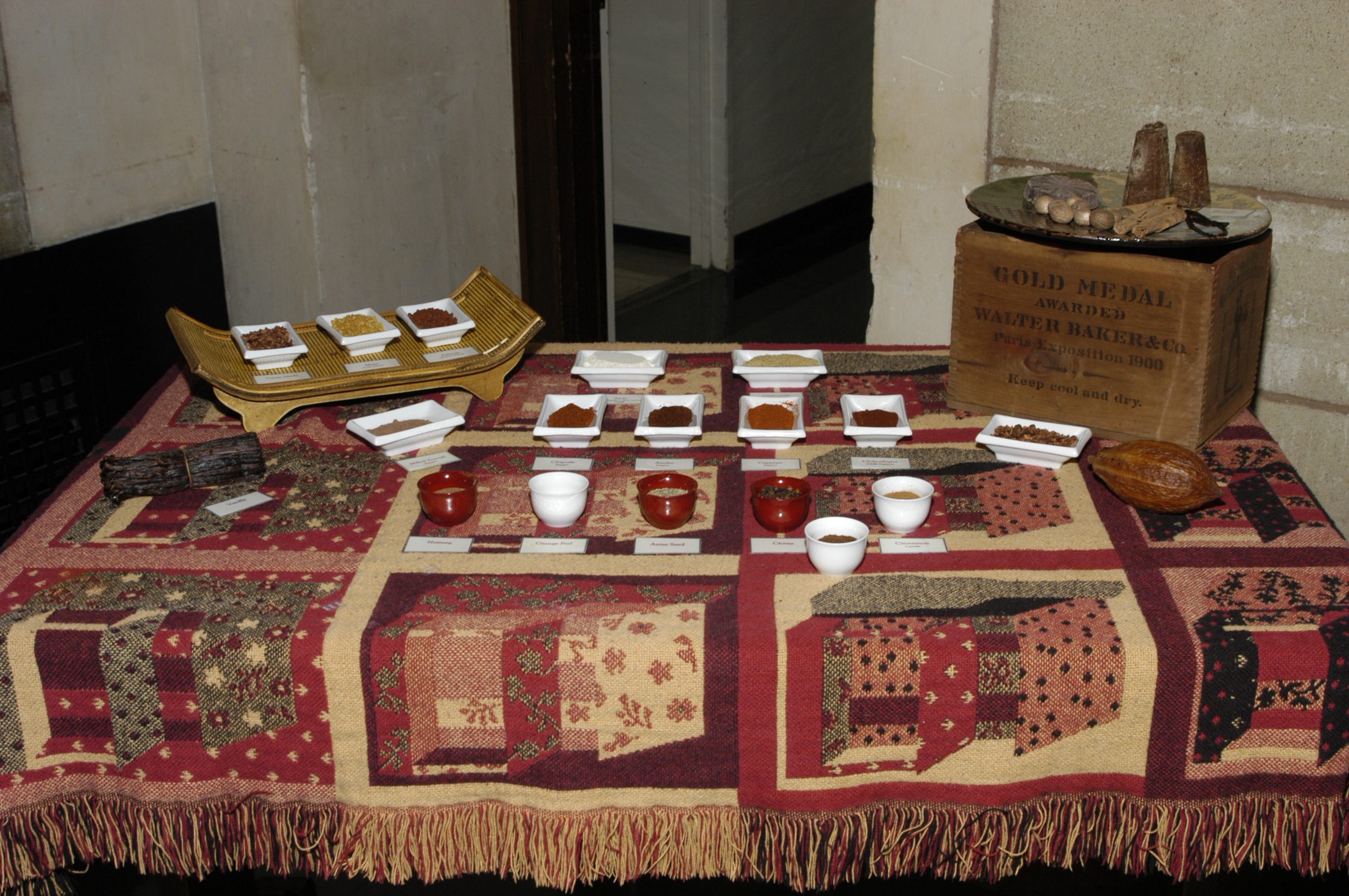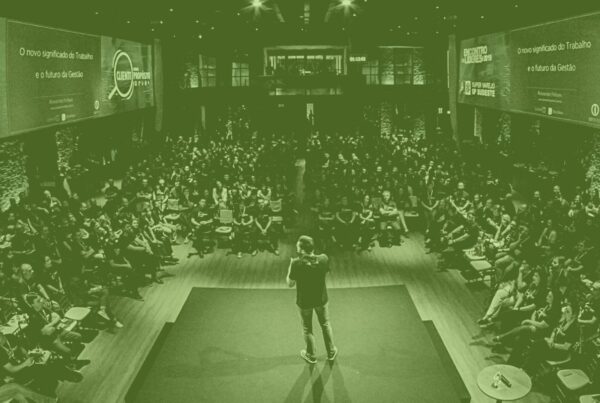Companies are always looking for ways to break away from the pack. Marketing plans often include strategies on how to communicate a company’s message. We see this in advertising, social media, product displays and other promotional and marketing tactics.
A company’s ultimate goal is to create a meaningful and memorable impact on their audience. The hope is that the message influences how a person thinks and behaves towards an organization, brand, product or service. However, there is no other part of the marketing matrix as powerful as an event. This is because it brings you face-to-face with your audience. The key is building your event or meeting to achieve maximum effect. The best way to accomplish this is by engaging the five senses in event planning.
Multi-Sensory Events Are More Memorable
London & Partners and CWT Meetings & Events released a survey in 2015 on multi-sensory events. The research found that 78 percent of meeting planners said a multi-sensory event is a more memorable experience for event participants.
Of those surveyed, 42 percent believe events that activate the senses make an organization stand out from the competition. Essentially, our senses are the foundation of our experiences. They yield rich and immediate interactions. The more stimulated they are, the more the brain activation.

So, why aren’t more event professionals engaging the five senses in event planning? The top three answers given were lack of budget (43 percent), not enough time (26 percent), and difficulty in finding sensory content appropriate for their client or event (24 percent).
However, therein lies a great opportunity to emphasize event planning best practices.
A Full-Sensory Immersion in Chocolate

We agree that engaging the five senses in event planning takes a lot of thought. Deciding on how to best feature the senses can be challenging. But it doesn’t have to break the bank or offer too many complexities that might jumble the message.
At JDC Events, we led an international steering committee to design and execute multiple Cocoa Symposiums. We worked in partnership with several leading institutions. This included the University of California, Davis, Mars, Inc., the National Academy of Sciences, The World Bank, the World Agroforestry Centre and many other like-minded organizations. The purpose of the symposiums was to explore in-depth the ability of agriculture to deliver life-changing advances in medicine, nutrition, and public health. Another goal was to reveal recent scientific advances in cocoa. Finally, our clients needed to build scientific collaborations. The purpose was to enhance the positive impact of cocoa and other food crops on society.
In designing the symposiums, we felt one of the best ways to engage the participants were to bring the research to life. We did this by fully immersing the attendees in the world of cocoa.
Use Visual Stimulation to Create a Great First Impression

Research findings from the previous survey found that sight is the one sense most effectively used by meeting planners. We couldn’t agree more. Therefore, when designing the symposiums, we knew it was important to make a strong visual impression the minute the attendees arrived at the event.
For the Cocoa Symposium held in the United States, we selected the National Academy of Sciences (NAS) in Washington, D.C. as the venue. Our goal was to shape the delivery of the message as soon as the participants arrived at the event. We achieved this by having them walk into a world-renowned scientific facility. It just so happens that NAS is a beautiful and historic building. The architecture is rich and ornate with scientific touches. When the presenters delivered the scientific research, the participants were in the right frame of mind to hear their message.
Although the visual component of event design may be obvious, be sure not to overlook it. Research in the Journal of Personality and Social Psychology found that sight creates a sense of ‘awe’ in people. It causes them to work more collaboratively and form stronger groups and communities. Psychologists define ‘awe’ as the ultimate ‘collective’ emotion. It motivates people to do things that enhance the greater good. The above research found that most meeting planners (75 percent) felt visual sense could be most impacted when planning an event.
Visual Stimulation Can Put You in the Right Frame of Mind
Another consideration is the recent Apple iPhone X launch event. This occurred in September on the new Apple Park Campus. Imagine being a member of the media who arrive at Apple’s headquarters. The first thing you see is the new spaceship-style campus.
This visual alone puts one in the right mindset to hear about Apple’s new products. In typical Apple fashion, the organizers paid close attention to the details of this event. The launch event, held in the Steve Jobs Theater, is a venue conceived and designed by Steve Jobs himself. Once inside the theater, participants stepped into a glass elevator that rotated as it descended the floor. Once they exited, the door faced the right direction. The Apple campus boasts the world’s largest panels of curved glass. These were on view to the participants as they walked into the theater. The visual scene was now set. The participants were in the right frame of mind to hear about Apple’s latest product innovations. The attention to detail and the visual stimulation of this launch event helped to make it one of the most successful in Apple’s history.
How Your Hear the Message Depends on Its Delivery
Successful meetings are those with a compelling agenda, great speakers, and engaged participants. But those elements just don’t happen by themselves. You’ll need to first explore the purpose of the event, and understand whom you are trying to reach.
There is a discussion in the event world about how to successfully build events for different generations. How the millennial generation “hears” a message may be different from Baby Boomers. Millennials tend to respond to interactive group sessions facilitated by technology. In contrast, Boomers may be more receptive to hearing a message from a speaker on a stage using a slide deck. Boomers may also be more accustomed to passively sitting and listening to a speaker. Millennials prefer when the speaker is more engaging and active.
The best strategy is to understand your audience and speak to their specific needs. For multi-generational events, you may want to combine traditional and non-traditional elements. Consider including different furniture styles such as rounds, conference style seating and soft furniture. The mix of furniture allows the participants to move around if they get bored or uncomfortable. You might also consider using select technology. Apps, social media, and other interactive devices are great for those generations that gather information this way.
For older generations, some may prefer hard copies. Perhaps, on the event site, there are materials to download and print. This also appeals to those who are mindful of a “green” meeting.
Pay Attention to the Format and Speaker Remarks
Hearing the message via format and speaker remarks is important. This also includes elements such as music or oratory performances. At the Cocoa Symposium, we opened the event with a poem. A renowned poet and children’s author dramatically delivered it the audience. The poem focused on the topics of immigrants, love and the indigenous languages and traditions of Mexico. The delivery of the poetry as the “Call to Order” set the stage for the event. This prepared participants for the context of the day.
However, we can’t emphasize enough that whatever delivery method you use for your message, the most important thing is to understand your audience. There’s no one-size-fits-all solution. Spend the time understanding how to reach your audience. This will help you to be successful at ensuring that participant engagement.
Taste the Chocolate
It would be hard to design symposiums about Cocoa without having the product included on the agenda. At our events, we served samples of cocoa and cocoa-related beverages to reinforce the messages delivered throughout the event. By stimulating the sense of taste, the participants experienced first-hand how this type of crop could deliver nutritional, medicinal and public health value.
If you’re faced with planning an event, taste should be a top consideration. It is the one sense that’s most widely activated given the majority of programs serve some form of food and beverage. When designing your menu, think through how the menu can reinforce your message.
As another example, an event planning company in the U.K. designed an event for a development company. The company was celebrating a construction milestone on a big project. To reinforce the celebratory message for this client, the event planner created a construction zone for guests. The zone featured Tonka Trucks with canapés served by staff wearing boiler suits. They also served cheese sticks in drainpipes, fruit salad in a cement mixer and constructed a fueling station for drinks. The creativity and detail that went into this event design helped to elevate the celebration of the evening.
Is that Chocolate that I Smell?
Activating the sense of smell is perhaps the biggest challenge when creating an event using all five senses. London & Partners and CWT’s research found that smell and touch were the two senses that are least incorporated into meetings and events.
At the Cocoa Symposiums, the natural smell of the chocolate helped to promote a full-sensory experience. According to the Social Issues Research Centre (SIRC) Smell Report, smells evoke strong emotional reactions. They connect to memory in a very intense way. Taking advantage of the old adage that “scent is the strongest sense tied to memory” was our goal in designing this aspect of the symposiums. Combining the visual displays of cocoa with its taste and smell allowed the participants to become fully immersed in the world of cocoa. This full-sensory experience made them more receptive to hearing and understanding the messages delivered during the program.
Technology Provides Solutions
Event planners are no longer on their own figuring out ways to infuse scent into an event. Technology provides solutions to the challenge. At the recent Event Tech Competition held at the annual Society for Independent Show Organizers’ (SISO’s) Leadership Conference, a top innovation award went to Aromachology, a company that creates custom-designed scents for events.
The company promotes the idea that scents are a powerful way for brands to connect with consumers. Event planners can select from an in-house library of scents. Or, if they prefer the company can create a signature scent that can become a permanent part of the brand. Imagine the attention you’d receive if someone walked past your trade show booth and noticed a pleasant smell. No doubt you’d stand out from the crowd! One note of caution is that a scent can be very personal. What you view as pleasant may send another person running out the door. Working with a company like Aromachology will increase your chances of finding a scent that will more likely appeal to all participants.
 Another consideration for enhancing the sense is to pair it with strong imagery. According to new research conducted at Michigan State University, strong visual images of food has a major impact on our sense of smell. At the Cocoa Symposiums, we included a poster session of research and images of cocoa as accompanying exhibits. Not only did the participants taste, smell and see actual cocoa products, they also viewed imagery of the cacao tree that produces the cocoa beans.
Another consideration for enhancing the sense is to pair it with strong imagery. According to new research conducted at Michigan State University, strong visual images of food has a major impact on our sense of smell. At the Cocoa Symposiums, we included a poster session of research and images of cocoa as accompanying exhibits. Not only did the participants taste, smell and see actual cocoa products, they also viewed imagery of the cacao tree that produces the cocoa beans.
Please Touch!
Although often overlooked, touch is a fundamental part of every event. What is the first thing you do when you meet a new person at a meeting? You shake their hand, or, in the case of an old acquaintance, you greet by embracing them. Unlike the other senses, touch is a sensation that is all over your body.
At the Cocoa Symposiums, hands-on tastings allowed the participants to select the cocoa they wanted to taste. Our goal was to have the participant feel the texture of the cocoa in their hands before experiencing the taste of the cocoa. Different cocoa displays allowed the participants to select the product that most appealed to them.
Research studies find that the sense of touch has the power to communicate a wide range of emotions. According to research from the University of California, Berkeley, touch is our richest means of emotional expression. The research suggests that messages derived from the sensation of touch can lead to clear, almost immediate changes in how people think and behave.
So how do you layer the sense of touch into an event? Think through every detail of how a participant will interact with this event. Since almost every part of the body is able to sense touch, think how you can use this to your benefit. Start with the opening reception to coffee breaks and even the chairs your participants sit on.
How to Incorporate the Sense of Touch
When selecting a room layout for an opening reception, consider replacing the highboy tables with couches, end tables, and ottomans. People may be more comfortable. This, in turn, encourages better networking between participants. When designing an event for a high-tech client with Millennial participants, consider using bean bag chairs or video rocking chairs during the session.
Coffee breaks are another easy way to incorporate the sensation of touch. Recent trends suggest that meeting participants want opportunities to be physically active and move during an event. Consider adding Ping-Pong tables to the coffee break stations. You can also include a climbing wall for a quick exercise break before the next session starts.
If your participants will spend a long time sitting during presentations, consider changing the furniture to something soft and comfortable. This may be a better option than using a standard banquet chair. Perhaps you bring in chairs that allow the attendee to lean back and lounge a bit, similar to what they sit in at home watching television. At a recent TedXSommerville event, participants reclined on large pillow chairs. At the EIBTM, the Global Meetings and Event Expo in Barcelona, the meeting participants sat on large red stability balls.
You may also want to think about ways to keep an attendee’s hands busy during presentations. In addition, the usual pen and paper on the table, try adding Play-Doh, Silly Putty or markers for doodling. This can help to keep an attendee alert and engaged.
Incorporating touch into your next event can be as simple as adding plush carpeting to your venue. Whatever tactic you take, touch is one of the senses that engages participants the most.
Conclusion
Engaging the five senses in event planning is a growing trend in the meetings industry. Meeting planners still have a long way to go in designing these types of events for their clients. Research proves that activating your participants’ five senses helps you stand out from the competition. It gives you a greater chance of having your message heard, understood and remembered. With your next event, take some time to think about how you can incorporate all five senses in event planning. By providing your participants with fully immersive experiences, incorporating sight, sound, smell, taste, and touch, the messages conveyed to them at conferences, product launches, and product presentations become much more memorable.


